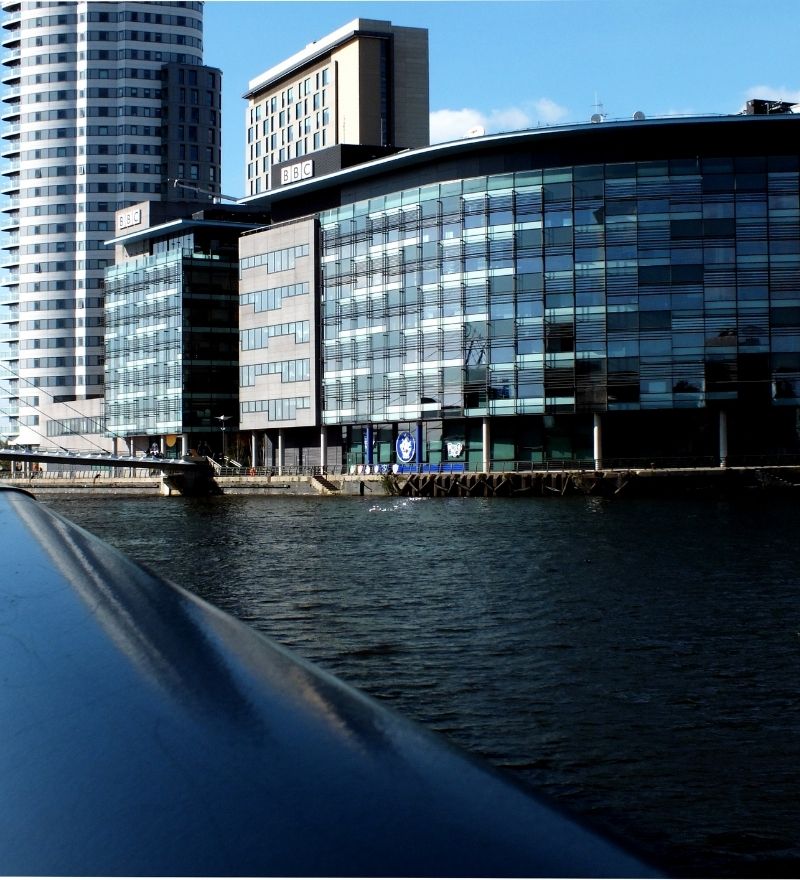Building certifications driving sustainability around the world
The concept of sustainability has become very popular all over the world and over the years different certifications for the evaluation of buildings have emerged.
These are usually performed by subcontracted, impartial mediators who verify and determine the construction elements. Some create ratings, others assign scores, and still others generate criteria that must be met to qualify for the seal.
- DAY November 6, 2021
- COMMENTS
RELATED ITEMS
- All
- Lifestyle (lifestyle, ideas, decoration)
- Real estate
- Construction
- Real estate sector
Pet-friendly properties
The new trend among travelers and buyers. The way to travel, invest Read more
Eco-friendly projects: why are they a trend?
The world has changed, and with it, the way in which we Read more
Guide to buying a property in Mexico as a foreigner
Mexico has become one of the most attractive destinations for Read more
Already purchased? What's next after investing with us
Investing in Riviera Maya real estate is a strategic decision. Read more
Building certifications driving sustainability around the world
The term sustainability was introduced in the Brundtland report prepared for the Read more
SUBSCRIBE TO OUR NEWSLETTER
what is sustainability?
The term sustainability was introduced in the Brundtland report prepared for the United Nations in 1987. It is led by the former prime minister of Norway, Gro Harlem Brundtland, who sought to rethink the economic development policies the world was taking towards globalization.
The name of the report was originally "Our Common Future" because its main objective was to emphasize that "it is up to humanity to make development sustainable, to ensure that the needs of the present are met without compromising the ability of future generations".


This is a foundational reference; therefore, since then, countries have sought to take sustainability and ecology as the main axis of the development of the construction industry.
In order to have more and more construction projects that cause the least impact on the environment.
They must also meet standards of beauty, comfort and safety, and make responsible use of raw materials, save water and energy to reduce their greenhouse gas emissions.
Here are some of the best building certifications that drive sustainability around the world:
1. LEED (Leadership in Energy and Environmental Design)
Country of origin: United States, 1998. Developed by U.S. Green Building Council.
Who does it apply to?
It is considered suitable for new construction, renovations, existing commercial buildings and in urban areas.
What does it consist of?
It consists of a sustainability evaluation and certification system.
Adaptations are available depending on the use; for example: schools, shopping centers, data centers, warehouses, distribution centers, residential buildings and hospitals.
As a result, it has become the most widely used green building program in the world, covering 8 dimensions, including:
- Location
- Transport
- Innovation
- Processes
- Materials
- Resources
- Indoor Environmental Quality
- Sustainable Space

However, their top priority is environmental and social aspects, which is why they are rated through 4 levels: Certified, Silver, Gold and Platinum.
2. DGNB (Deutsche Gesellschaft für Nachhaltiges Bauen)
Country of origin: Germany, 2007.
Who can apply?
New construction, renovations, existing commercial buildings and urban areas.
What does it consist of?
Mainly used in Germany and neighboring countries.
It is a sustainability evaluation and certification system that considers the environmental, economic and socio-cultural aspects of construction, as well as the commercial viability of the project and the technical quality of the processes.
This classification establishes three levels: gold, silver and platinum. Each of them is given a seal of quality that guarantees certification.
However, the criteria (a total of 60) in each field are designed and weighted according to the occupancy profile, and each field is validated throughout the life cycle of the building.
Finally, validation depends on the goal achieved.
3. GREEN (Reference Building Efficiency Rating)
Country of origin: Spain, 2007.
Who does it apply to?
For new construction
What is it about?
It proposes an environmental certification evaluation method developed by GBC Spain, an autonomous organization affiliated to the World Green Building Council (WGBC), an international non-profit association.
Assesses the environmental impact of a building by analyzing the life cycle in its different phases: pre-design; design and construction; use and end of life of the building.
For the building to be considered sustainable it must comply with the 5Ps:
- People (quality of life and well-being)
- Prosperity (local and fair economic development)
- Planet (protection of our environment)
- Peace (harmony and harmony)
- Pact (involvement and commitment of all for all)
In order to obtain the certificate, several aspects are evaluated, such as:
- Building location
- Indoor environmental quality (air, light, noise, comfort)
- Resource management (energy, water, materials)
- Social integration (accessibility, training, communication)
- Technical quality of the building (monitoring, documentation, maintenance)
That is, once the building has been evaluated and rated, a number of leaves is obtained within the six categories of GREEN, ranging from 0 to 5.


4. ACTIVE HOUSE
Country of origin: Denmark, 2017.
Who can apply?
Applies to new construction, existing buildings and remodeling.
What does it raise?
It is a quality seal whose main objective is to reduce the use of resources during the construction phase and the life of the building.
In addition, they also seek to improve human factor aspects such as visual, thermal and auditory comfort.
The principles that guide his vision of sustainable building are: comfort, energy and environment.
5. CASBEE (Comprehensive Assessment System for Built Environment Efficiency)
Country of origin: Japan, 2001.
Who does it apply to?
New construction, existing buildings, and remodeling
What does it address?
It addresses a methodology developed by a research committee in collaboration with academia, industry, national governments, which was subsequently established as the Japan Sustainable Building Consortium (JSBC).
Similarly, this green building management system aims to improve people's quality of life and reduce the environmental burdens generated from housing construction to the development of an entire city.
In conclusion...
These are the construction certifications that more and more developers are looking to implement in their projects.
Therefore, lecause green building is not just a marketing strategy, it has become a billion-dollar industry.
At iBrokers we are in favor of the care and conservation of the environment, so our real estate developments in all areas, have the required standards of sustainability.
In the same way, our goal is to make construction certifications a fact in our company, in order to always offer the best to our customers.
Because having a home should not be synonymous with destroying the environment!
Would you like to learn more? Contact usWe will be pleased to contact you and answer all your questions.






